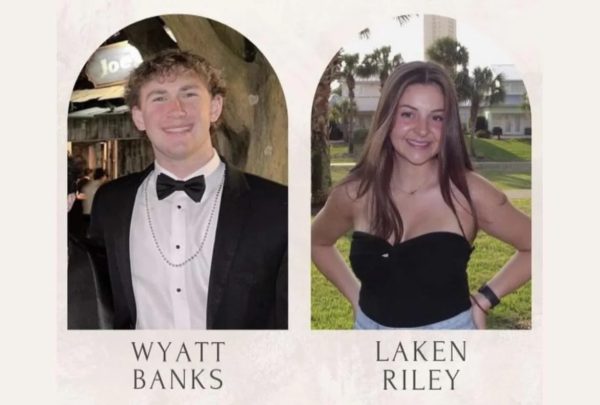Luck of the Irish
St. Patrick’s Day falls on March 17 each year, and whether Irish or not, most students take part in this holiday. People will soon be bringing out their green, as few want to risk getting pinched. Hoping to stumble across a four-leaf clover, everyone is getting ready to start the celebration.
“On St. Patrick’s Day I will wake up in the morning and go look for a four-leaf clover, and I wear green,” Rylie Padgett, junior said.
The history behind this festivity began when slave traders captured Saint Patrick, known as the “father of St. Patrick’s Day,” and brought him to Ireland to be a shepherd when he was 16. After six years of imprisonment, he escaped back to Britain. During this time, he converted to Christianity and spent the following twenty years preaching in Ireland and creating churches and monasteries (a building of monks living under religious vows) throughout Ireland. He is said to have swayed many of the country’s residents to Christianity; now, St. Patrick’s Day is celebrated on the day Patrick supposedly died.
“The origins of Saint Patrick’s day are very important and a beautiful story of a man who decided to bring upon his wishes of spreading Christianity in Ireland. Without St. Patrick, there would be no traditional Global Greening that reaches across the world and brings joy to so many,” Mackenzie Woodruff, junior, said.
Once Americans heard about St. Patrick’s Day, it became quickly spread across the United States. By the end of the 19th century, this day was being observed on the streets of major Irish occupied cities such as Boston, Chicago, New York, New Orleans, San Francisco, and Savannah. The holiday was able to prosper over the decades due to generations of Irish immigrants eager to celebrate their origins.
Leprechauns were first written about in old fables, so it makes sense that they would be associated with a holiday dedicated to Irish culture. Leprechauns were small pint-sized men who worked as shoemakers and hid gold coins in pots at the end of rainbows. Legend has it that these tiny creatures were extremely hard to catch, because they were so small, but if one were able to catch them three wishes would be granted by the leprechaun in exchange for setting him free.
“I think that the ancient history behind the story of leprechauns is very interesting and cool to see carry on for so many centuries and think they could definitely be real,” Tyler Bunyard, senior, said.
While the traditions were originally rejected in America, it is now embraced across the country, and mostly everyone celebrates Irish culture. For more on the traditions on St. Patrick’s Day visit here.

Hi! I’m Ally Barnes, I am a junior, and this is my first year on The Talon. I joined the talon because I love writing stories and when I am passionate...











